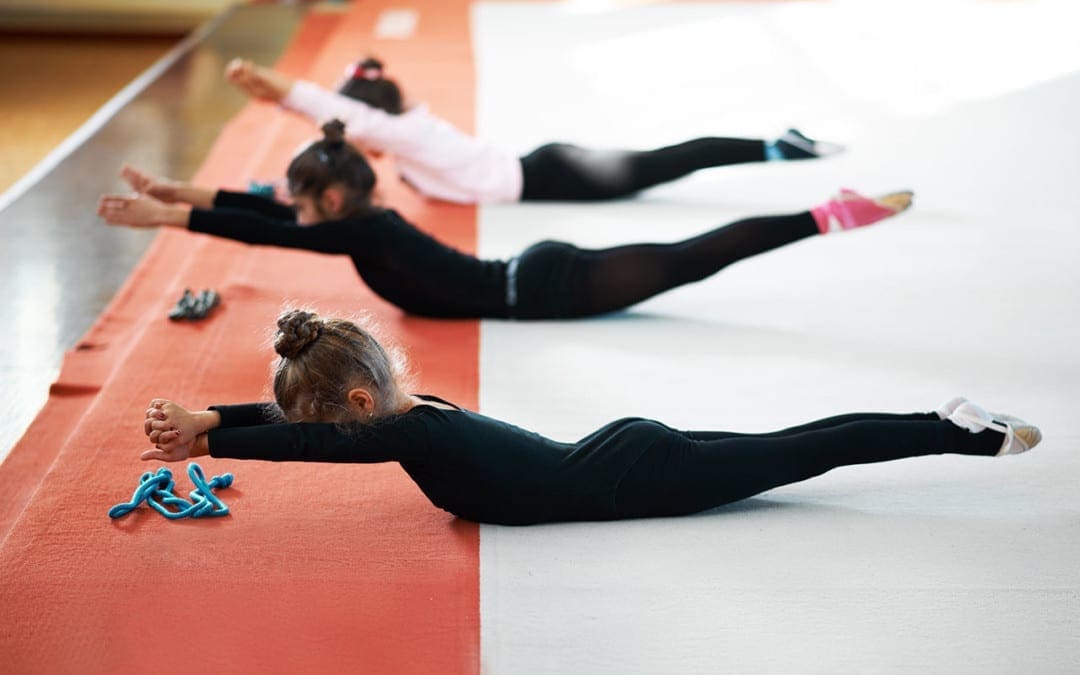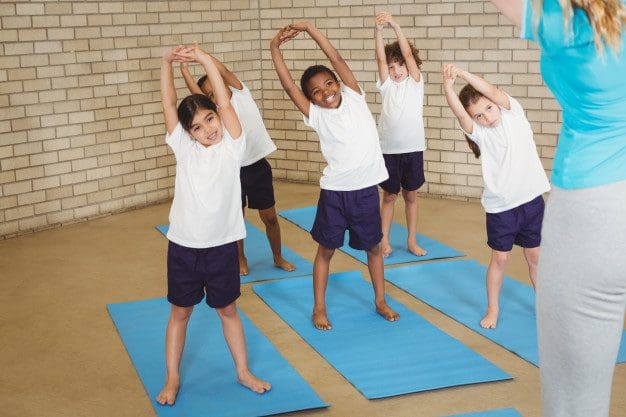
Kids and Strength Training
Strength training: The Centers for Disease Control have estimated that around 16% of six to nineteen-year-olds in the US are overweight or obese. This comes from inactivity, no movement, exercise, and poor diet. On the other end, young athletes search for ways to gain an edge, often falling victim to steroids and all of the negative effects they have.
This is where strength training comes in. This could be an answer to getting kids off the couch, moving, and offers a healthy alternative to the young athletes looking for that competitive edge. Fitness experts, doctors, health coaches, and parents say absolutely.
Strength Training

Kids’ strength training is very different than strength training for adults. This exercise program focuses on:
- Controlled movements
- Proper technique
- Correct form
- Uses more repetitions
- Uses lighter weights.
This type of workout program can be done with:
- Free weights
- Weight machines
- Resistance bands
- A child’s own body weight
The focus for children in strength training is not to bulk up, as this is not weightlifting, powerlifting, or bodybuilding. Fitness experts agree that these types of training regimens are not healthy or safe for children. The goal is to:
- Build strength
- Improve muscle coordination
- Enhance long-term health
- Rehabilitate injuries
- Prevent injuries
Added benefits of strength training can help young athletes improve performance through increased endurance.

Training Guidelines
It is fundamental to find a program that is safe and successful for children. Parents want a program designed specifically for kids supervised by a fitness professional with child experience, and most of all, it is fun. For strength training, there is not a minimum age; however, the kids should understand and follow directions.
Before starting a child on any new fitness program, check with their doctor or healthcare provider.
A training program should include:
- A session should start with a 5-10 minute warm-up exercise/s like stretching and light aerobics.
- Every session should end with a cool-down combined with stretching and relaxation.
- Kids should not immediately be using weights until proper form and technique are learned.
- Kids should start with their own body weight, bands, or a bar with no weight.
- Using 6-8 different exercises that address all the muscle groups, begin with 8-15 repetitions.
- Each exercise should be done with a complete follow-through of the full range of motion.
- If the repetitions are too much with a specific weight, reduce the weight.
- Repetitions and sets should gradually increase over time to maintain the intensity of the training.
- Add more weight only when the child displays the proper form and can easily do at least 10 reps.
- Workouts should be 20 to 30 minutes long, 2 to 3 times per week, to get the most benefit.
- Make sure to rest a day between each workout day.

Safety
Strength training was not always considered an appropriate exercise for kids. Doctors and fitness professionals believed that it was unsafe for a child’s growing body because of the added pressure on growth plates or the cartilage that has not fully turned into solid bone. However, experts now know that kids can safely participate in a strength training program with proper technique and supervision.
As with any exercise/fitness regiment, safety measures need to be in place along with heightened supervision. Unfortunately, most injuries happen when kids are not supervised, not using proper techniques, or from trying to lift too much weight. Here are some safety precautions to remember:
- Learning new exercises should be done under the supervision of a trainer/instructor, making sure proper technique and form are used.
- Smooth, controlled motions should be the goal.
- Controlled breathing and not holding their breath needs to be taught
- Proper technique will help avoid injuries
- The kids’ progress should be monitored
- Have the children record the exercises they have done, how many reps, and the amount of weight/resistance.
- If enrolled in a strength training class, a good ratio is one instructor per 10 students. With this ratio, the kids can receive proper instruction and supervision.
- Kids should train in a hazard-free, well-lit, and properly ventilated facility.
- Make sure the kids drink plenty of water during and after the workout
- Fitness trainers/instructors will see to it that there are frequent rest and rehydration breaks
Keep in mind
In a strength training program for children, there should be no competitive drive. Instead, the focus should be on participation, learning the movements, and positive reinforcement. Set realistic goals and expectations for the child to understand that it will take time to learn these new skills.
Remember that kids do not increase muscle size until after puberty. Please make sure the kids enjoy the strength training sessions and that they are having fun. Keep in mind that kids can become easily bored. Therefore, use various exercises and routines, keeping them excited and wanting to learn and do more.
Healthy Habits
Getting kids interested in fitness early on can help establish a life-long habit of wanting to be and stay healthy. This includes a balanced diet, plenty of rest, and regular exercise. When done correctly, strength training can be a fun and highly beneficial activity.
PUSH Fitness





